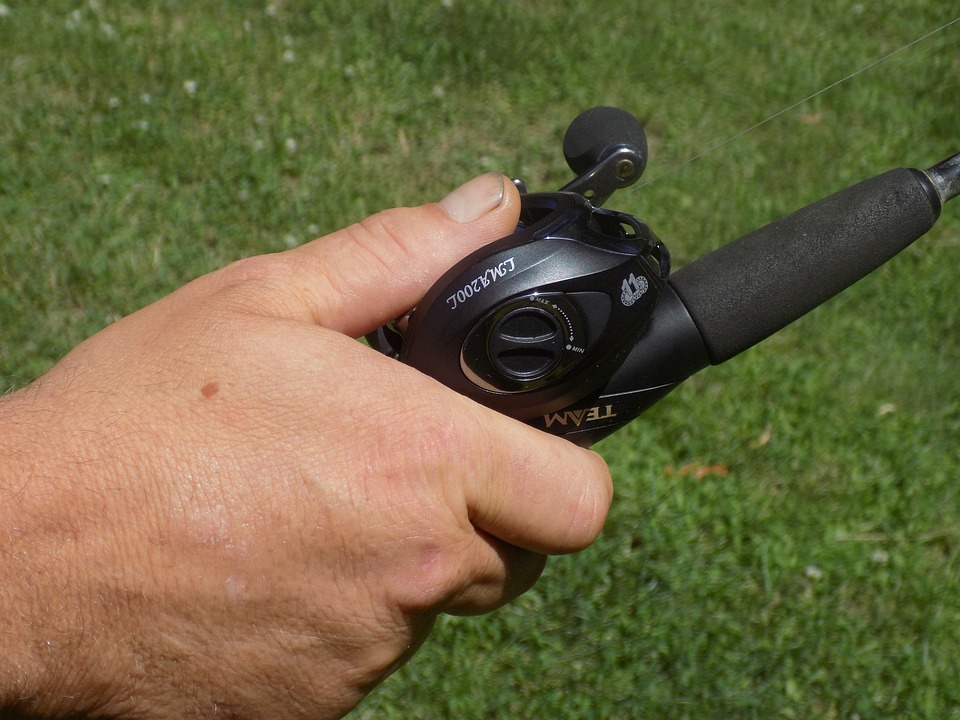Understanding Fish Behavior: How Do They Respond to Tank Water Replacement?
Introduction:
Fish behavior is a fascinating subject that plays a crucial role in maintaining the health and well-being of our aquatic pets. One important aspect of fish behavior is their response to tank water replacement. In this article, we will explore the various ways in which fish respond to water changes, the potential stressors involved, and how to minimize any negative effects.
I. The Importance of Tank Water Quality:
A. The significance of clean water for fish health:
Clean water is vital for the health and well-being of fish. It provides them with oxygen, removes waste products, and helps maintain their overall physiological balance. Poor water quality can lead to stress, disease, and even death in fish.
B. Factors affecting water quality in fish tanks:
Several factors can affect water quality in fish tanks, including ammonia and nitrite levels, pH balance, temperature fluctuations, and the presence of harmful chemicals or contaminants. Monitoring and maintaining these parameters is essential for keeping fish healthy.
II. Fish Responses to Water Changes:
A. Initial reactions to water replacement:
When water is replaced in a fish tank, fish may initially exhibit signs of stress or discomfort. They may become more active, swim erratically, or hide in the tank. These reactions are a natural response to changes in their environment.
B. Behavioral changes during and after water replacement:
During water replacement, fish may become more agitated or show signs of distress. After the replacement, they may take some time to adjust to the new water conditions. However, most fish will eventually acclimate and resume their normal behavior.
C. Potential stressors and their impact on fish behavior:
Fish can experience stress during water replacement due to temperature fluctuations, changes in water chemistry, and oxygen levels. These stressors can affect fish behavior, making them more susceptible to disease and other health issues.
III. Factors Influencing Fish Behavior during Water Replacement:
A. Temperature fluctuations:
Rapid changes in water temperature can be stressful for fish. It is important to match the temperature of the new water to the existing tank water to minimize stress.
B. Chemical changes in water parameters:
Changes in water chemistry, such as pH, ammonia, nitrite, and nitrate levels, can also impact fish behavior. Sudden shifts in these parameters can be harmful, so it is crucial to monitor and maintain stable water conditions.
C. Oxygen levels and dissolved gases:
Water replacement can lead to changes in oxygen levels and the presence of dissolved gases. Insufficient oxygen can cause fish stress, while high levels of dissolved gases like carbon dioxide can be toxic. Proper aeration and circulation in the tank are essential to maintain adequate oxygen levels.
IV. Minimizing Stress during Water Replacement:
A. Gradual water replacement techniques:
To minimize stress, it is recommended to perform gradual water replacements rather than complete changes. This can be done by replacing a small portion of the tank water regularly, allowing fish to acclimate slowly.
B. Proper acclimation of new water:
Before adding new water to the tank, it should be treated with a dechlorinator to remove harmful chemicals. It is also advisable to match the temperature and pH of the new water to the existing tank water before introducing it to the fish.
C. Maintaining stable water parameters:
Regular monitoring of water parameters and taking appropriate measures to maintain stable conditions is crucial for minimizing stress during water replacement. This includes regular testing, proper filtration, and maintaining a balanced ecosystem within the tank.
V. FAQs about Fish Behavior during Water Replacement:
Q1. How frequently should I replace water in my fish tank?
The frequency of water replacement depends on various factors, including the tank size, number of fish, and water quality. As a general guideline, a partial water change of around 10-20% should be done every 1-2 weeks.
Q2. Can fish become stressed during water replacement?
Yes, fish can become stressed during water replacement due to changes in their environment, temperature fluctuations, and water chemistry. However, proper acclimation and gradual water replacement techniques can help minimize stress.
Q3. What can I do to minimize stress during water changes?
To minimize stress during water changes, perform gradual water replacements, match the temperature and pH of the new water to the existing tank water, and maintain stable water parameters. Providing a stress-free environment with proper aeration and filtration also helps.
Q4. Are there any signs of stress I should look out for in my fish?
Signs of stress in fish include increased aggression, loss of appetite, abnormal swimming patterns, hiding, and color changes. Any significant changes in behavior should be monitored closely as they may indicate stress or illness.
Q5. Is it necessary to match the new water’s temperature to the existing tank water?
Yes, it is essential to match the temperature of the new water to the existing tank water before adding it to the tank. Rapid temperature changes can cause stress and harm fish.
Conclusion:
Understanding fish behavior during water replacement is essential for providing a stress-free environment for our aquatic companions. By considering the factors that influence fish responses and taking appropriate measures to minimize stress, we can ensure a healthy and thriving fish tank ecosystem. Remember, maintaining water quality and stability is key to the well-being of your fish.









